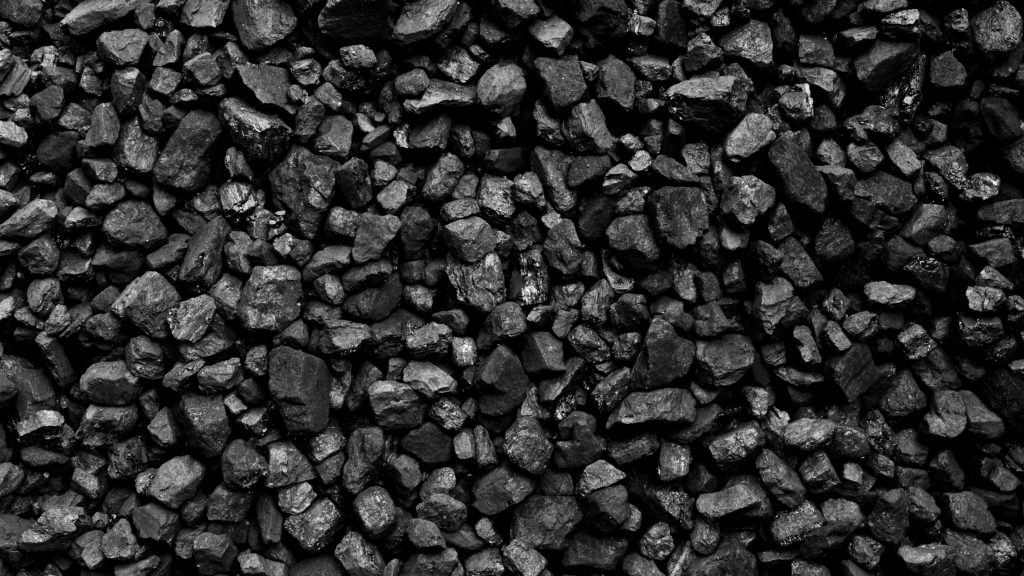Charts: How much will coal’s transition cost?

The world needs to invest $380 billion per year in clean energy until 2030 to transition away from coal, according to a new report from the International Energy Agency (IEA).
The amount is around 20% of all clean energy spending in the IEA Announced Pledges Scenario (APS), which assumes that all climate commitments made by governments around the world will be met in full and on time.
“$380 billion to transition away from coal isn’t much. It’s less than the GDP of Austria. It’s 0.4% of global GDP,” Peter Zeniewski, an Energy analyst for the IEA World Energy Outlook, wrote in a tweet.
Until 2030, around $250 billion, about 70% of global investment in the coal transition, will need to be spent in the power sector to replace the use of unabated coal with low emissions sources, primarily wind and solar PV.

While coal is still the largest source of electricity generation, accounting for 36% of the world total, it is also the largest emitter of energy-related global carbon dioxide (CO2) – 15 gigatonnes (Gt) in 2021.
According to the report, the buck of the investment needs to go into emerging markets and developing economies, where coal emissions are highly concentrated.

This week, US President Joe Biden and Indonesian President Joko Widodo announced a $20 billion package to help the coal-dependent country shift to renewable energy and reach carbon neutrality by 2050.
The deal put forward by the Just Energy Transition Partnership (JETP), which includes the US, Japan, Canada, the UK, and several European countries in the EU and Norway, follows an agreement reached last year in which the United States and Europe pledged to give South Africa $8.5 billion in grants and loans in return for it retiring coal plants, switching to renewable energy, and re-training its workforce.
Similar arrangements are also being discussed with Vietnam, Senegal, and India.
Phasing out coal is essential to achieve the Paris Agreement, which limits global warming to well below 2 degrees Celsius, preferably to 1.5 degrees Celsius, compared to pre-industrial levels.
“The coal transition is affordable, and the challenges aren’t insurmountable. And if we operate the world’s coal assets as they have been in the past, we’ll sail past the 1.5° budget. That will cost the world much more… not just in dollars,” Zeniewski said.
More News
Rio Tinto, Founders Factory’s Mining Tech Accelerator invests in startups from US and OZ
April 23, 2025 | 04:02 pm
{{ commodity.name }}
{{ post.title }}
{{ post.date }}



Comments